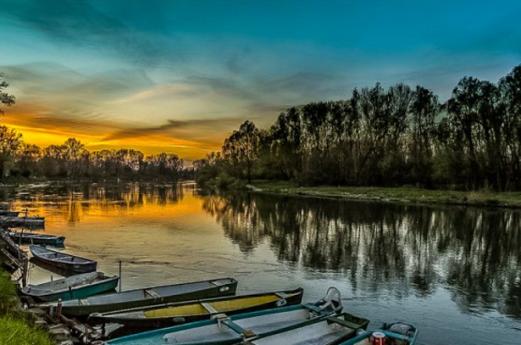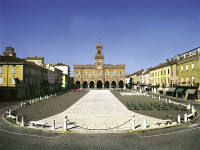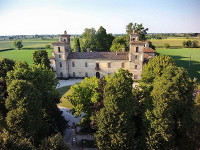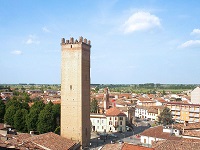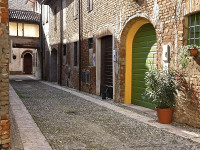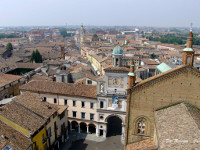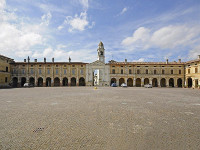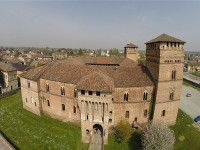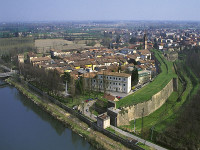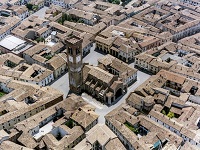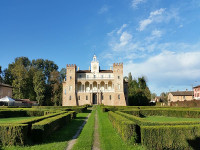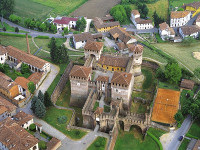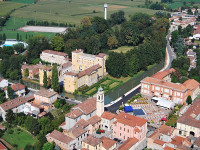- Parks
- Active & Green
Park South Adda
Along the lower course of the Adda a rich aquatic avifauna and a territory marked by farms, castles, monasteries to be discovered
South Adda Park stretches over the lower run of the Adda, between Rivolta d'Adda to the north and Castelnuovo Bocca d'Adda, at the mouth of the Po to the south. It contains the area that is dominated by plains around the river, with natural and semi-natural forests, and poplar crops.
From a natural point of view, the wetlands and oxbow lakes are rich with waterfowl, like the "Adda Morta" and the Zerbaglia, where the largest heronry of the park is located.
The South Adda Park consists of a first band of about 5,000 acres, which features the floodplain area as well as the lowest land in the valley. The second and third bands consist of a vast area of about 18,000 acres of fertile countryside as well as the Lodi, Crema, and Cremona riversides. The vegetation is characterized by wooded areas, wetlands, and river beaches.
The main fauna found here are mostly birds with the presence of 3 heronries and some Western Marsh Harriers, which frequently nest in the park. As far as mammals are concerned, the presence of skunks is best preserved in the wetlands as well as the dormouse. There is also a small deer population settled in the northern woods. Fish include the European River Lamprey.
Within the South Adda Park there are monasteries, which gave life to the zone in the Middle Ages, as well as typical farmhouses in Lodi, Crema, and Cremona. These agricultural structures were often equipped with small extra buildings for worship or speakers, many of which are still in decent condition. Castles are also present in many of the territories within the Park.
